The Problem Most "Creating Feminist Female Protagonists" Guides Are Missing
The Problem Most "Creating Feminist Female Protagonists" Guides Are Missing
The Problem Most “Creating Feminist Female Protagonists” Guides Are Missing
If you haven’t noticed, there’s a lot of talk about how to write a female protagonist believably and without bringing down double standard criticisms of “Strong Female Character” or “Mary Sue” that male character simply don’t receive. But most articles and blog posts focus so fully on the creation of the female protagonist that they miss the underlying problem. (more…)
View On WordPress
More Posts from Feralpaules and Others
Why I’m Team Cap (and It Really Couldn’t Be Any Other Way)
#TeamCap and the big problem with the superhero genre #Arrow #Daredevil #CivilWar #MCU #DC
I recently started watching Arrow on Netflix; everyone on Tumblr seems to think “Olicity” is the greatest OTP since The One True Way or at least Destiel (neither Destiel nor Olicity reaching the heights of OTW obvi) and I wanted to understand (this is also how I ended up watching 9.5 seasons of Supernatural, but that is a story for another time). I also recently, like everyone else with a Netflix…
View On WordPress





Wait, so diversity is not a problem in Hollywood anymore? Nope, we solved it. Wow!
Writing from Scratch #6
The Character Plot
The problem of a Character plot involves a character’s worldview – their beliefs, values, desires, and fears. Many but not all stories include a Character plot, often called a character arc, in which a character’s worldview shifts. A Character plot is entirely concerned with the internal state of the character in question and as such is rarely seen on its own. When it is on its own, as it is in “Miss Brill” by Katherine Mansfield, you can end up with an extraordinary story.
Because a Character plot is entirely internal, the try-fail cycles don’t work out exactly the same as they do when dealing with an external/physical problem and solution; they are also up for interpretation by the reader when done subtly and beautifully as in “Miss Brill.” Character plot try-fails are often not even done intentionally as typically the character does not realize a change in the worldview needs to occur. So, read “Miss Brill” (it’s short, less than 2,000 words) and try for yourself to determine the problem – it’s not stated directly – and identify the try-fails. After, you can read over my interpretation, please let me know in the comments how our thoughts compare!
Read More on WordPress
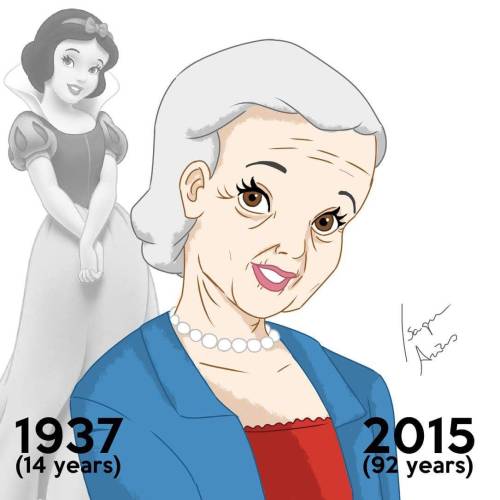
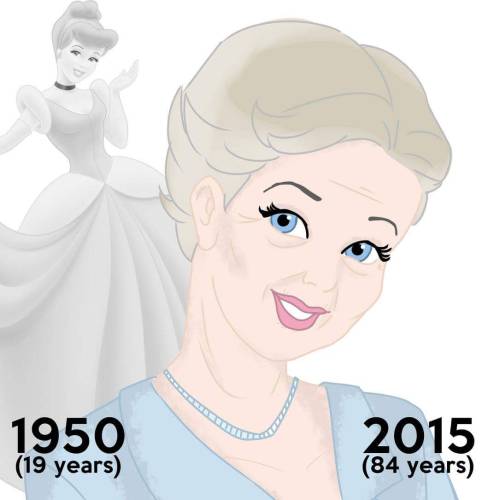
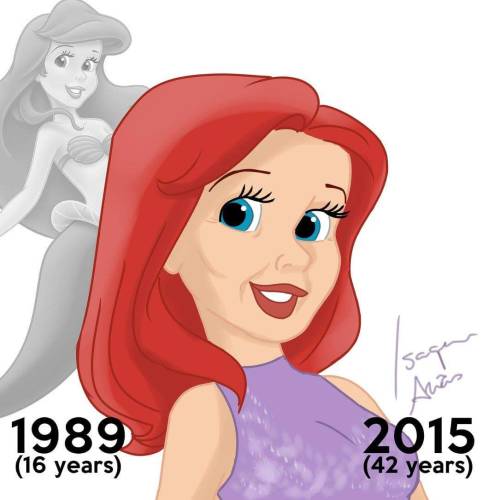
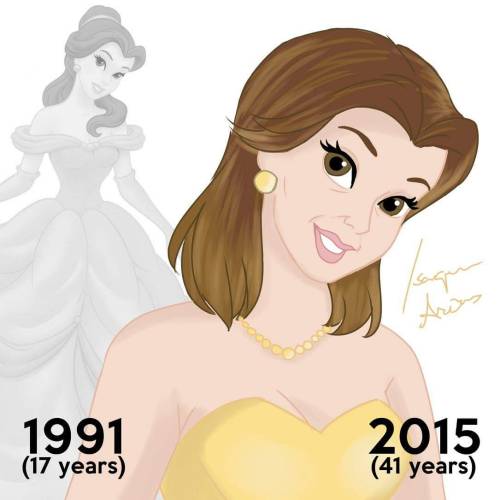



Disney Princesses at their Current Ages
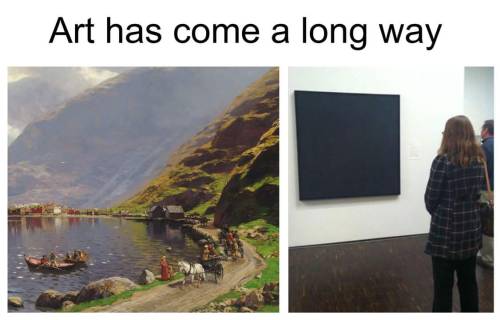
So somebody on my Facebook posted this. And I’ve seen sooooo many memes like it. Images of a canvas with nothing but a slash cut into it, or a giant blurry square of color, or a black circle on a white canvas. There are always hundreds of comments about how anyone could do that and it isn’t really art, or stories of the time someone dropped a glove on the floor of a museum and people started discussing the meaning of the piece, assuming it was an abstract found-objects type of sculpture.
The painting on the left is a bay or lake or harbor with mountains in the background and some people going about their day in the foreground. It’s very pretty and it is skillfully painted. It’s a nice piece of art. It’s also just a landscape. I don’t recognize a signature style, the subject matter is far too common to narrow it down. I have no idea who painted that image.
The painting on the right I recognized immediately. When I was studying abstraction and non-representational art, I didn’t study this painter in depth, but I remember the day we learned about him and specifically about this series of paintings. His name was Ad Reinhart, and this is one painting from a series he called the ultimate paintings. (Not ultimate as in the best, but ultimate as in last.)
The day that my art history teacher showed us Ad Reinhart’s paintings, one guy in the class scoffed and made a comment that it was a scam, that Reinhart had slapped some black paint on the canvas and pretentious people who wanted to look smart gave him money for it. My teacher shut him down immediately. She told him that this is not a canvas that someone just painted black. It isn’t easy to tell from this photo, but there are groups of color, usually squares of very very very dark blue or red or green or brown. They are so dark that, if you saw them on their own, you would call each of them black. But when they are side by side their differences are apparent. Initially you stare at the piece thinking that THAT corner of the canvas is TRUE black. Then you begin to wonder if it is a deep green that only appears black because the area next to it is a deep, deep red. Or perhaps the “blue” is the true black and that red is actually brown. Or perhaps the blue is violet and the color next to it is the true black. The piece challenges the viewer’s perception. By the time you move on to the next painting, you’re left to wonder if maybe there have been other instances in which you believe something to be true but your perception is warped by some outside factor. And then you wonder if ANY of the colors were truly black. How can anything be cut and dry, black and white, when even black itself isn’t as absolute as you thought it was?
People need to understand that not all art is about portraying a realistic image, and that technical skills (like the ability to paint a scene that looks as though it may have been photographed) are not the only kind of artistic skills. Some art is meant to be pretty or look like something. Other art is meant to carry a message or an idea, to provoke thought.
Reinhart’s art is utterly genius.
“But anyone could have done that! It doesn’t take any special skill! I could have done that!”
Ok. Maybe you could have. But you didn’t.
Give abstract art some respect. It’s more important than you realize.
The things I've seen about this whole fucking DOGE thing, from reputable sources, so far have been
there's a very good chance that this will basically be cut off before it even happens because it would require some form of approval from the House and Senate
presidents cannot make departments so it would actually be an office
their plans involve massively cutting down on regulations relating to safety and the environment and potentially getting rid of the FBI??? Inexplicable.
their promise of saving the country $2 trillion is literally impossible, like every single politician and financial advisor agrees that there is absolutely nothing that could be done to save that amount of money and very few expenses that can actually feasibly be cut (and would only save a few billion at most)

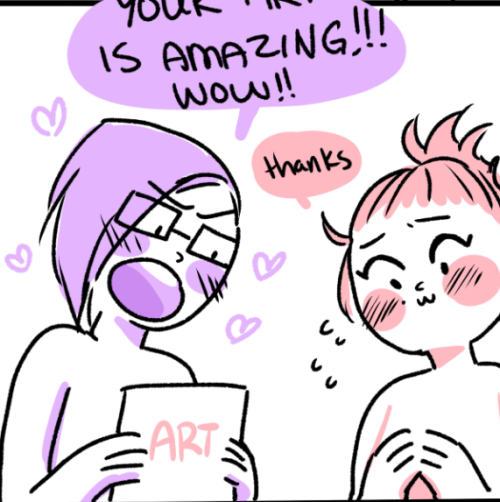





Spring Reading Reviews '16
This spring's list: NK Jemison, Rainbow Rowell, Stephen King, & Agatha Christie #amreading
Wow, it’s been a while since I’ve written anything here. I’ve been hard at work at my new novel, so apologies for my absences but really Sorry, Not Sorry. I have been reading though, and here are my thoughts on what I read this spring (March-May). Minor spoilers (nothing plot related) below for The Hundred Thousand Kingdoms by NK Jemison, Carry On by Rainbow Rowell, The Future of Life by Edward…
View On WordPress
Writing from Scratch #5: The Inquiry Plot
The Inquiry Plot
The problem of an inquiry plot involves a question that needs answering for its solution. The classic is Whodunnit? But any who, what, where, when, why, or how style questions can provide the problem for an inquiry plot. Traditionally, try-fail cycles in an inquiry plot come in the form of following clues which can lead to more clues (or questions) or end up being red-herrings that have caused a set back in solving the riddle.
Let’s look at the classic mystery “A Night of Fright is No Delight,” Scooby Doo! Where Are You? Season 1, episode 16. (I went a little overboard on this one, but it’s just too fun!)
If you haven’t seen this classic episode, then a quick background is that the gang has been invited to spend the night in an allegedly haunted house for the chance to receive a part of an inheritance along with four other possible heirs.
The Question: Who is the Phantom Shadow?
First Clue: Cousin Simple disappears and a message from the Phantom Shadow threatens everyone in the house.
First try: the gang mocks up a fake Scooby in bed to tempt the Phantom Shadow into attacking while Scooby and Shaggy hide outside the bedroom window. Fail: No, the Shadow attacks the real Scooby and Shaggy, and they and Velma get separated from Daphne and Fred in a spooky cave under the house.
Second Clue: Velma, Shaggy, and Scooby find some footprints in the cave.
Second try: they follow the footprints in hopes they will lead to the Phantom Shadow. Fail: No, the footprints lead them to a bunch of Civil War memorabilia, and a flying Confederate uniform starts chasing them.
Third try: when they’re cornered by the flying uniform, Scooby tries to intimidate it. Fail: yes, the goose inside the uniform is intimidated and flies away, but they are no closer to discovering the identity of the Phantom Shadow.
Third Clue: the goose chased them into an elevator, which they take up to Cousin Slicker’s bedroom.
Fourth Clue: all the other potential heirs have gone missing.
Fifth Clue: a creepy organ begins to play
Fourth try: the reunited gang follows the sound of the organ. Fail: Yes, they find the organ, but there is no one playing it anymore.
Sixth Clue: a music book with the words “feed the organ and watch the floor” written on it.
Fifth try: Scooby plays the organ to see if the floor does anything. Fail: No, nothing happens to the floor, and the walls start closing in on the gang.
Sixth try: Scooby plays several combinations of keys to stop the walls. Fail: Yes, the walls stop closing in, but the floor still hasn’t changed.
Seventh try: Per Velma’s insight, Scooby plays the notes F-E-E-D. Fail: Yes, the floor opens, but there is a creepy staircase leading to who knows where
Eighth try: the gang follows the trap door to find out what’s happening. Fail: yes, they find coffins that have the bodies of the potential heirs inside, but two Phantom Shadows corner the gang and Scooby faints
Nineth try: the gang runs away and shenanigans ensue. Fail: Yes, they get away, but they didn’t find out who the two Phantom Shadows are.
Seventh Clue: Shaggy touched one of the Shadows and came away with green paint on his hand.
Tenth try: Fred concocts one of his classic traps and Fred, Velma, and Daphne attempt to lure the Phantoms into it. Fail: Yes, the Phantoms’ appear, but Scooby screws up the trap.
Final try: Scooby and Shaggy make due with the screwed up trap and chase the phantoms. Solution: they finally capture the Phantom Shadows and discover they were the lawyers, Creeps and Crawls.
Prompt: write a flash fiction with an Inquiry in which the plot-problem is the question “who ate the last piece of chocolate cake?” The character, setting, genre, and stakes, as well as what is preventing them from easily answering the question is up to you. This simple plot could be the basis of a picture book or a horror story.
If you want to read more, I have over 80 posts on my website theferalcollection.com
Most shows with overpowered supernatural characters always try to come up with elaborate excuses to explain why the characters can’t just magic themselves out of every situation. Good Omens doesn’t really do that, but you don’t really question it because you completely buy that these morons are so unequivocally incompetent that they straight up forget that they have the powers of fucking demigods. They’re like high-level d&d characters who only use the same three moves and have completely forgotten about the 73 magic items sitting in their inventory.
-
 feralpaules reblogged this · 9 years ago
feralpaules reblogged this · 9 years ago -
 mickeygnome reblogged this · 9 years ago
mickeygnome reblogged this · 9 years ago -
 theferalcollection reblogged this · 9 years ago
theferalcollection reblogged this · 9 years ago -
 theferalcollection reblogged this · 9 years ago
theferalcollection reblogged this · 9 years ago
check out my main blog www.theferalcollection.wordpress.com and find fandoms and funstuff on www.theferalcollection.tumblr.com
103 posts